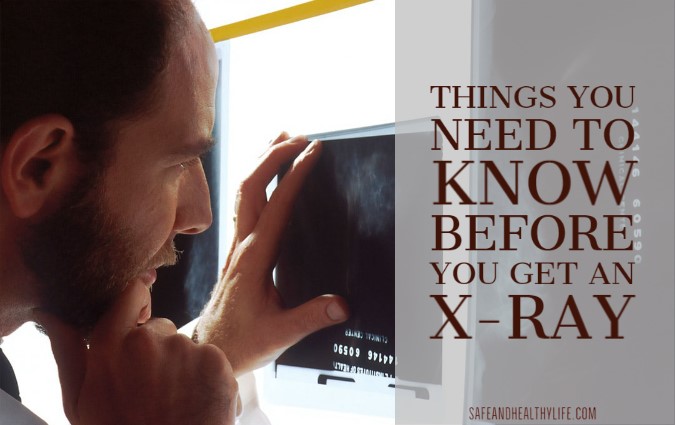
An X-ray is a popular imaging method employed for decades. This will help the doctor see the inside of the body without having to make an incision. This will help them identify, track, and treat a variety of medical issues.
Specific forms of X-rays are used for different purposes. Your doctor, for example, may prescribe a mammogram to examine your breasts. Perhaps they may order an X-ray with a barium enema to make the gastrointestinal tract look closer.
There are other dangers associated with obtaining an X-ray. The potential benefits, however, outweigh the risks for most people.
Speak to your doctor about getting more information about X-ray and explore what’s best for you.
1. Why does X-ray work?
A small amount of ionizing radiation permeates the body. This went onto a special movie sheet in the past. Radiographic tests nowadays are more likely to use a tool to record transmitted x-rays to produce an electronic image.
The calcium in the bones prevents radiation movement, so healthy bones appear as white or brown. On the other side, radiation moves through air spaces very quickly, so that healthy lungs appear black.
2. When using x-ray examinations?
This test is an extremely popular one. Around seven million radiographic exams are conducted in Australia each year. Many of the other applications include:
- Diagnosis of fractures.
- Diagnosis of dislocations.
- As a surgical device – to help the surgeon conduct the procedure correctly. For example, if the fracture is aligned or the inserted component (such as an artificial joint) is in place, x-ray images were taken during orthopedic surgery. demonstrate. X-rays can also be used for similar purposes in other surgical procedures.
- Diagnosis of bone or joint conditions, such as other forms of cancer, arthritis, or osteoporosis.
3. How X-ray test take place?
- Procedure:
You will be asked to undress, remove all the jewelry, and wear a surgical gown depending on the portion of the body being examined. During the basic procedure:
- You’ll be told by the radiographer to place the x-ray. You may be told to get up, lie down, or sit down.
- The radiographer must position you between the x-ray machine and the imaging system collecting the x-rays that are transmitted into your body portion.
- The x-ray will protect parts of the body with a lead apron. This is for reducing the chance of excessive radiation exposure.
- The radiographer will have to contact you to correctly position your body for each picture.
- The controls are controlled by the radiograph when each image is taken. They’ll stand behind a screen to do this and give you instructions if necessary.
- You might be told to hold your breath while each photo is taken for a few seconds so that the breathing action does not distort the pictures.
- It normally takes a few minutes to conduct a simple traditional x-ray test, such as by the eye. Other forms of exams with x-rays can take longer.
4. What possible side effects would an X-Ray have?
Exposure to high levels of radiation may have a variety of effects including vomiting, coughing, fainting, hair loss, and skin and hair loss. X-rays, however, have such a small radiation dose that it is assumed they do not cause any immediate health issues.
- Take care of yourself at home after an x-ray test: No recovery time is needed for a traditional x-ray test. As soon as you leave you can go about your daily business. If you have had an exam using a contrast agent, detailed guidance will be given to you for any aftercare that might be required.
- Alternatives to radiographic examination: depending on the medical condition, alternatives to radiographic examinations can include:
- ultrasound – the use of ultrasound waves to produce a picture of internal body structures
- Magnetic resonance imaging (MRI) – the use of magnetic field and radio waves to produce three-dimensional images.
- Gather your information here,
X-rays are digitally saved on devices and can be viewed on-screen in a matter of minutes. Before it is recommended the advantages and disadvantages of getting an X-ray should be weighed up. Speak to the Queen Elizabeth Health Complex beforehand about the possible risks, if you have any questions. He generally analyses the findings and interprets them, and sends a report to the doctor, who then describes the findings. Your X-ray reports can be made available to your doctor in minutes in an emergency.
About The Author:
Irene Tschernomor is an Experienced Chief Executive Officer with a demonstrated history of working in the health wellness and fitness industry. Skilled in Nonprofit Organizations, Fundraising, Coaching, Strategic Planning, and Entrepreneurship. A strong business development professional with a Master of Business Administration (M.B.A.) focused in Executive Program from Université de Montréal.




